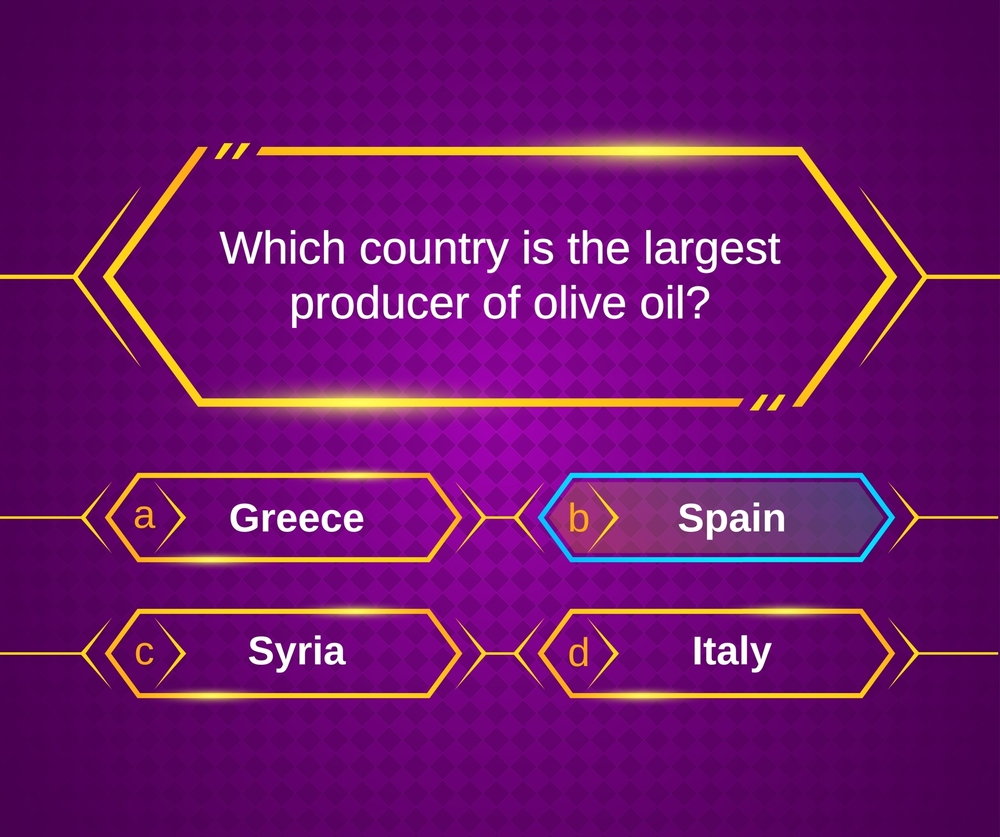Introduction
Many states use lotteries to raise money for schools. They call this the “education lottery.” People buy tickets in hopes to win big. States take part of that money and fund schools. They build schools. and pay for scholarships. They help students in need. But the real effect is complex. Does it help more than usual school funding? Does it reduce need-based aid? This post explains how education lotteries started, how they work, how states use them, and what problems they face. I wrote this in clear, simple words. I kept sentences short and active. also used no passive voice. You can read this easily.

1. What is an Education Lottery?
An education lottery is a government-run lottery that directs part of revenue to schools. States sell tickets. They pay winners. They keep a share. That share goes to education funds. Many states name the lottery to link it with schooling. People often believe they help kids by playing.
2. History and Origins
North Carolina started its education lottery in 2005. It passed its law in August 2005. It began sales in 2006. The law said all net profits must go to schools. The mission was clear.
South Carolina launched an education lottery in 2002. The law required transfers to a special fund called the Education Lottery Account. It should supplement, not replace, regular school budgets.
Georgia started a similar lottery in 1992. It placed one‑third of revenue into education. That money funds the HOPE scholarship for college students.
New Hampshire was the first state lottery in 1964. Its constitution set lottery profits aside for schools. Over time, that money grew to represent nearly 30% of education funding by 2024.
Virginia had lotteries in the 1600s to fund early universities. It started its modern education lottery in 1987. By 1999, state law required lottery profits to go to schools.
3. How Education Lotteries Work
Revenue and Payouts
Most lottery revenue goes to prizes. For example, North Carolina paid out 70.6% in prizes in fiscal year 2023‑24. Only 20.3% went to schools. The rest went to retail commissions (5.3%) and administrative costs (3.8%).
In Georgia, 50% of sales go to winners. One third goes to education. The rest covers retailers and costs.
Use of Funds in North Carolina
From fiscal 2023‑24, North Carolina sent $1.09 billion to education through lottery revenue .
They allocate it to programs and spend 51% on school construction. its fund repairs and new buildings. and spend 35% on non‑instructional support staff. They pay for preschool for at-risk children, college scholarships, and transportation for school systems.
Legislative Control
Legislators decide where the money goes. The original plan said lottery funds should add to regular budgets. But law later allowed the general fund to shift. Many lottery dollars replaced tax funding rather than adding to it reddit.com.
In the NC case, studies found that school spending did not rise with lottery revenue. Instead, lottery money replaced other funds. The overall per‑pupil spending did not improve since around 2017.
4. Actual Effects
Supplement or Substitute?
Researchers studied the impact of lottery earmarks across states. They found lottery funds did add some new money to higher education. They saw a 5% rise in college funding after lottery laws began. But they also saw a drop in need‑based aid by 12% in many states. As lawmakers favored merit-based scholarships over need-based grants Brookings.
In North Carolina, education funding from lottery revenue was just 3.3% of total public K‑12 funds in 2023‑24. That shows just how small the contribution is compared to state budgets.
Regressive Impact
Lottery play is higher among lower‑income groups in many states. That makes it a regressive source of funding. Poorer households spend more of their income on tickets. That means funds for schools come at the expense of those with less ability to pay.
Ethics and Messaging
Some people argue that linking gambling to education sends a poor signal. The New Yorker reflected that promoting lotteries to fund schools may undercut the values of effort and planning taught in classrooms newyorker.com.
5. Case Studies
North Carolina
NC’s Education Lottery started in 2006. It has raised over $10 billion for schools to date.
In fiscal year 2023‑24, it sent $1.09 billion to education. That included school construction, preschool, staff support, and scholarships .
But researchers show that state education spending outside the lottery did not grow. Officials cut general funds that lottery money replaced.
South Carolina
SC launched its education lottery in 2002. Since then, it has sent hundreds of millions to scholarships and school capital improvements. In fiscal 2023, it sent $564 million to the legislature for higher education funding wpde.com.
New York
The New York Lottery has funded education since 1967. It contributed over $86 billion to schools. In the last fiscal year alone, it gave $3.8 billion nypost.com.
Texas
Texas sells billions in lottery tickets each year. But only about 23% of revenue goes to schools. That amounts to $2 billion out of $80 billion spent on education statewide. Critics say most money goes to prizes. They call the lottery regressive and scandal‑prone. Investigations found a $95 million rigged jackpot. Officials resigned.
New Hampshire
New Hampshire began its lottery in 1964 for education funding. By 2024, lottery profits made up 29.2% of education funding. That was up from 35–54% in its first decade at the New Hampshire Fiscal Policy Institute.
6. Benefits
- Adds funds. The lottery can bring extra dollars from ticket sales.
- Targets programs. It funds scholarships, preschool, repairs, and infrastructure.
- Simple to sell to voters. People like to believe they support schools by playing.
- Avoids raising taxes. Lawmakers can fund schools without increasing taxes.
7. Drawbacks
- Funds often replace regular budget. They do not always add new money.
- Most money goes to prizes. Only about 20–35% reach schools.
- Regressive. Lower‑income people pay more in proportion to income.
- Reduces need‑based aid. Some states cut need‑based grants when lottery money arrives.
- Gambling issues. Some people see it as promoting gambling in poor communities.
- Ethical message. Critics argue it undercuts values of hard work and planning.
8. Best Practices and Fixes
Transparency in Allocation
One academic paper calls for more transparent school‑choice lotteries. It suggests revealing lottery results before students finalize preferences. This reduces uncertainty and improves fairness in admissions systems. Those same ideas can inform education funding lottery design, by making data public and clear early.
Legal Safeguards
South Carolina law originally mandated that lottery funds must supplement—not supplant—existing education funding. That rule only works if lawmakers uphold it.
States can require detailed reporting. They can limit administrative costs. They can set strong rules on advertising to avoid targeting vulnerable populations.
Focus on Equitable Aid
States should ensure funds support need-based education programs, not just merit awards. That helps low-income students. Some research shows lottery earmarks can worsen inequality if need-based aid shrinks Brookings.
Build Rainy Day Funds
Georgia built reserves equal to 100% of net proceeds, far above targets. That is a missed chance to invest in education. Some argue those reserves should serve schools, not stay unused gbpi.org.
9. What Can Readers Do?
- Learn how your state uses lottery money.
- Ask legislators for clear public reports.
- Push for rules that ensure funds add to, not replace, school budgets.
- Support funding that helps students in need.
- Call for ethics in lottery advertising.
10. Final Thoughts
Education lotteries offer a way to raise money for schools without taxes. They bring billions of dollars. Yet, they come with trade-offs. Too often most money goes to players, not classrooms. Funds can replace regular budgets. They may narrow the focus to merit aid. Lower-income people shoulder the burden. Worse, they promote gambling linked to public education funding.
These programs can make a difference. But they need strong rules. They need transparency. Lawmakers must ensure that lottery dollars truly support student success. That means honest budgeting. Clear reporting. Fair distribution. And smart policy that helps—without harm.
Conclusion
Education lotteries can deliver real funds to schools. They support building classrooms. They help grant scholarships. and serve kids and communities. But only when policymakers manage them well. When funds truly supplement education budgets. When they protect need‑based aid, avoid gambling harm or stay honest and clear.




